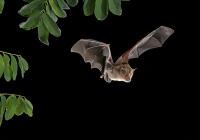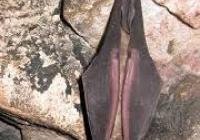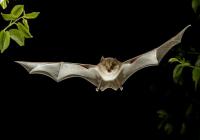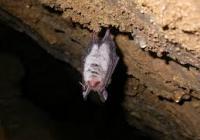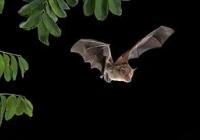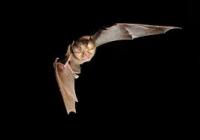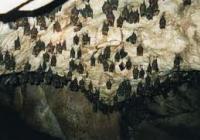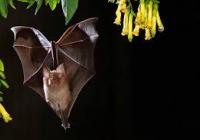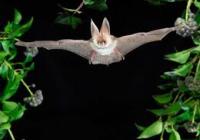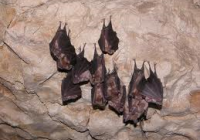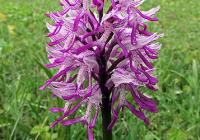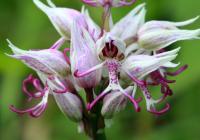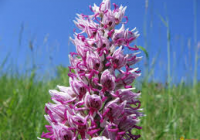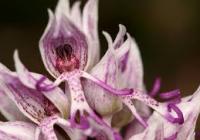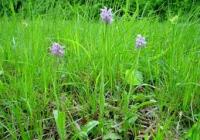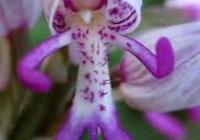Nature is all around in the Citadel.
True the special character of this man made nature ( tunnels and calcareous grassland)
There are hundreds of species to protect but our 2 special guest are:
Greater Horseshoe Bat
The greater horseshoe bat (Rhinolophus ferrumequinum) is a European bat of the Rhinolophus genus. Its distribution covers Europe, Africa, South Asia and Australia. It is the largest of the European Horseshoe Bats and is thus easily distinguished from other species. The species is sedentary, typically travelling up to 30 km between the winter and summer roosts, with the longest recorded movement being 180km. The species is notable as having the oldest recorded age for any European bat, with a bat living for over 30 years.
The greater horseshoe bat is the largest bat in Europe. It has a distinctive noseleaf, which has a pointed upper part and a horseshoe shaped lower part.Its horseshoe noseleaf helps to focus the ultrasound it uses to 'see'.
Horseshoe bats hibernate in cold underground sites like large caves, during the winter. The bat require a certain temperature and humidity limit.
Diet and Hunting
The species feeds preferentially on lepidoptera (moths), making up around 41% of the diet.
The feeding area from the maternity roost is typically of radius 4km.
Status and Conservation
In general the greater horseshoe bat is list as Least Concern by the IUCN because: "This species has a large range. Although there have been marked and well-documented declines in some areas, the species remains widespread, abundant, and apparently stable in other areas. Assessed as Least Concern". However, the overall greater horseshoe bat population is declining. No decline seen in the Citadel; The Charlemont population has doubled between 2008 and 2014
The other important guest at the Citadel is:
Orchis simia, commonly known as the monkey orchid, is a greyish pink to reddish species of the Orchis genus. It gets its common name from its lobed lip which mimics the general shape of a monkey's body.
The range of the species is central and southern Europe, including Southern England, the Mediterranean, Russia, Asia Minor, Caucasus, Northern Iraq, Iran to Turkmenistan and Northern Africa where it occurs in grassland, garrigue, scrub and open woodland, chiefly on limestone soils. It is absent from the Balearic Islands, Corsica and Sardinia. In Europe the species can be categorized as threatened.





